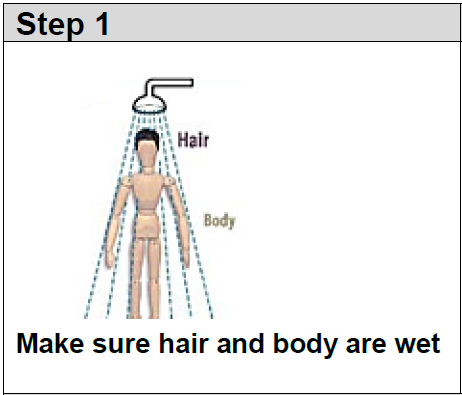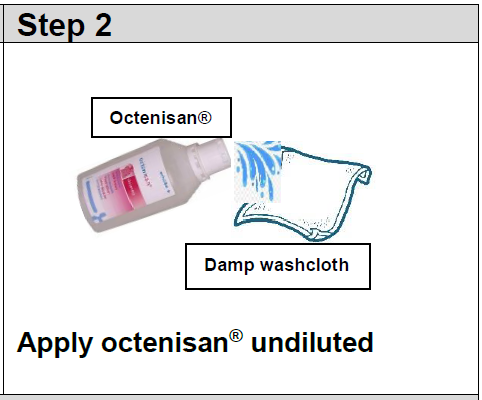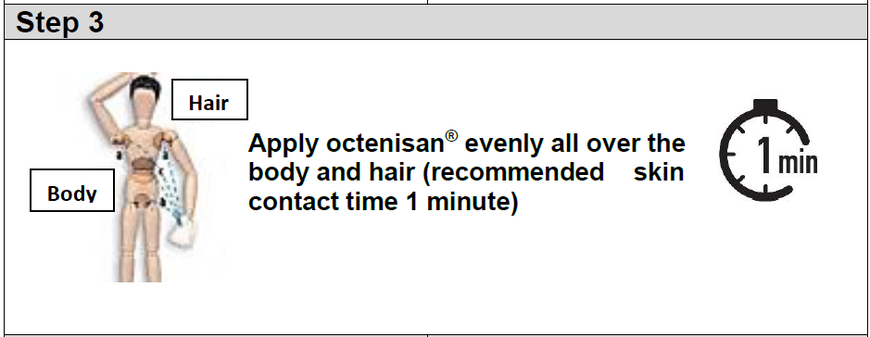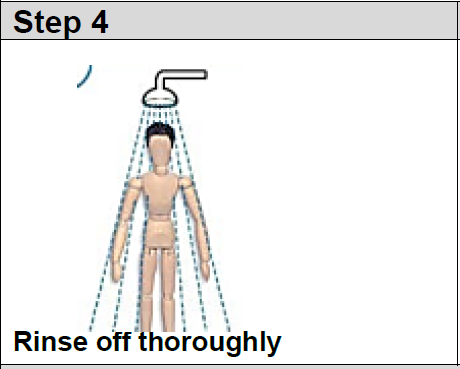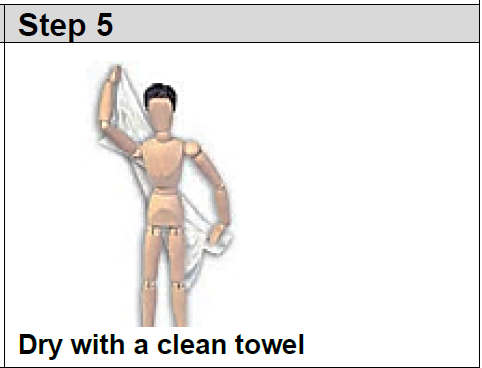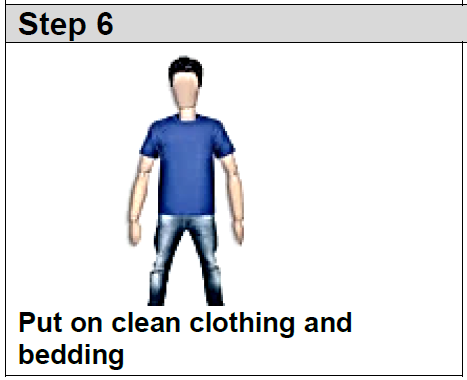Treatment of Meticillin-resistant Staphylococcus aureus (MRSA)
This page gives you information about Meticillin-resistant Staphylococcus aureus (MRSA) and its treatment.
On this page
-
What is MRSA?
-
How did you find out I was MRSA positive?
-
How do you treat MRSA?
-
Once I am diagnosed does that mean I will always be MRSA positive?
-
Will hospital staff treat me differently from other patients?
-
What happens if I come back into hospital? Should I remind staff I have been MRSA positive in the past?
-
Is it safe for me to have visitors?
-
How do I wash my clothes?
-
What if I still have questions after reading this page?
What is MRSA?
There are lots of different types of families of germs or bacteria found on the human body or in the environment. One of these families is Staphylococcus aureus and MRSA is a member of this family.
Staphylococcus aureus is a common type of bacterium which lives on the skin and nose of about one third of the population without causing any problems. This is called ‘colonisation’.
People who are colonised are often not ill and do not have any symptoms. Most people will not know that they carry these bacteria as it does not usually cause any harm.
The bacteria usually live in the moist areas of the body, such as armpits, groin or nose, although it can be found on other parts of the body such as your hands.
Like any germ, it can cause an infection in certain skin problems such as pimples or boils. These germs can cause more serious infections if they get into areas where they would not normally be found.
When Staphylococcus aureus causes infections, it is usually treated with antibiotics such as flucloxacillin.
Sometimes, Staphylococcus aureus can be resistant to a range of antibiotics which includes a type of penicillin called meticillin, hence the name Meticillin-resistant Staphylococcus aureus (MRSA).
MRSA is resistant to many antibiotics, including the commonly prescribed flucloxacillin. For patients known to have MRSA, other antibiotics will be used to treat any infection before and after surgery.
How did you find out I was MRSA positive?
You may remember nursing staff taking a series of swabs from the areas listed below. Bacteria grown from the swabs in one or more of these areas were found to be MRSA:
- Your nose.
- The area around your groin.
- Your sputum (but only if you had a cough at the time).
- Your wounds (including if you have had a needle into a vein) and other skin areas such as eczema, or leg ulcers.
- Also, you may have been asked to provide a urine sample if you have a catheter in place, or you are female and sometimes self-catheterise yourself.
How do you treat MRSA?
The best way to treat and reduce the amount of MRSA on your skin is with a combination of prescribed lotions. These will reduce the number of germs on your skin.
A nasal ointment
Known as mupirocin or Bactroban® must be put inside your nostrils 3 times a day for the first 5 days of treatment. Squeeze the nostrils gently and you should be able to taste the ointment at the back of your throat.
Please make sure you wash your hands before and after using the ointment.
An antimicrobial body wash
An antimicrobial body wash will also be prescribed.
Follow the steps below:
Step 1:
Wet skin and /or hair
Step 2:
Apply an adequate amount of the antimicrobial wash undiluted onto a damp wash clot
Step 3:
Apply evenly all over the body (and hair). Pay particular attention to:
- Armpits
- Groin
- Perineum (the area of skin around the bottom)
Step 4:
Leave on the skin for 1 minute then rinse off
Step 5:
Dry with a clean towel
Step 6:
Put on clean clothing, use clean bedding after the start of treatment
- You must wash and rinse your hair twice within the first
5 days of treatment, using the antimicrobial body wash. For example, day 2 and day 4 during the 5-day course. You may wash your hair afterwards with regular shampoo.
These products must be used together for 5 days. If you are still a patient in hospital after this time, we will ask you to continue to wash with the antimicrobial body wash for the rest of your inpatient stay.
The purpose of treatment with the nasal cream and antimicrobial body wash is to reduce the MRSA on the skin during your time in hospital. The treatment will also lower the risk of an infection.
If you are coming in to hospital for an operation, the pre-assessment team will tell you when to start the treatment.
Once I am diagnosed does that mean I will always be MRSA positive?
Not necessarily. Some patients do remove the germs from the skin, while others do not get rid of them all. It is not known why this happens, but success often depends on how well you follow the advice on this page on how to apply the body wash and nasal ointment.
Will hospital staff treat me differently from other patients?
Yes, they most likely will. Nursing staff will follow advice given by the Infection Prevention and Control Team, and you will be cared for in a single room.
What happens if I come back into hospital? Should I remind staff I have been MRSA positive in the past?
Yes, it is a good idea to remind staff, but there are ways staff can identify who has or has had MRSA such as:
- checking your computerised hospital record.
- contacting a member of the Infection Prevention and Control Team (IPCT).
Is it safe for me to have visitors?
Yes, but we do expect your visitors to either use the alcohol gel or wash their hands with soap and water when entering and leaving the wards.
Both methods are a reliable way to clean your hands.
We also expect your visitors to follow advice from the hospital, by:
- not sitting on patient’s beds.
- not visiting if they are unwell.
How do I wash my clothes?
All items can be washed as normal but it is best to wash them separately from other washing.
What if I still have questions after reading this page?
Please feel free to ask a member of staff for further information. If necessary, they can contact a member of the Infection Prevention and Control Team who will be happy to answer any queries you may have.
